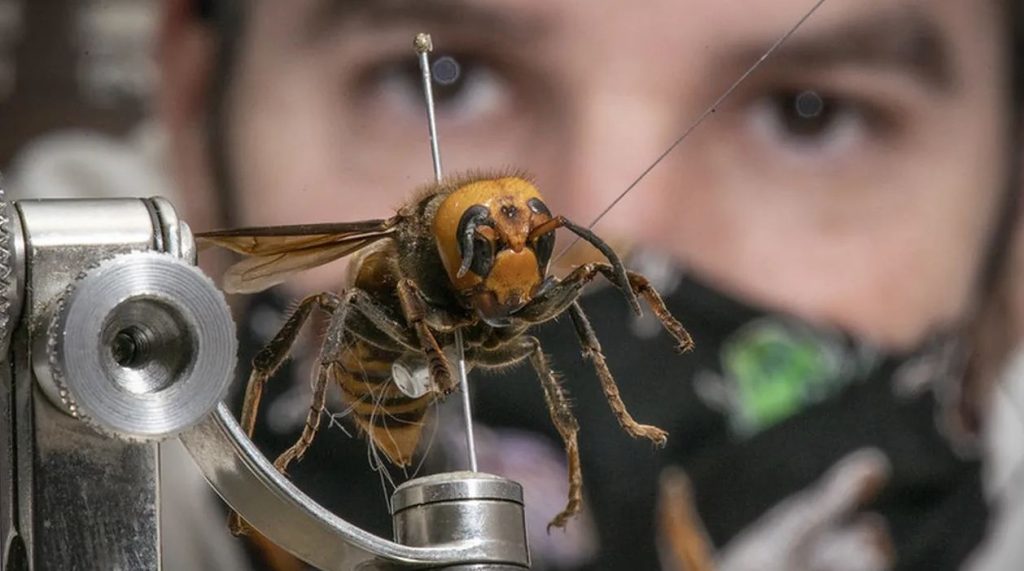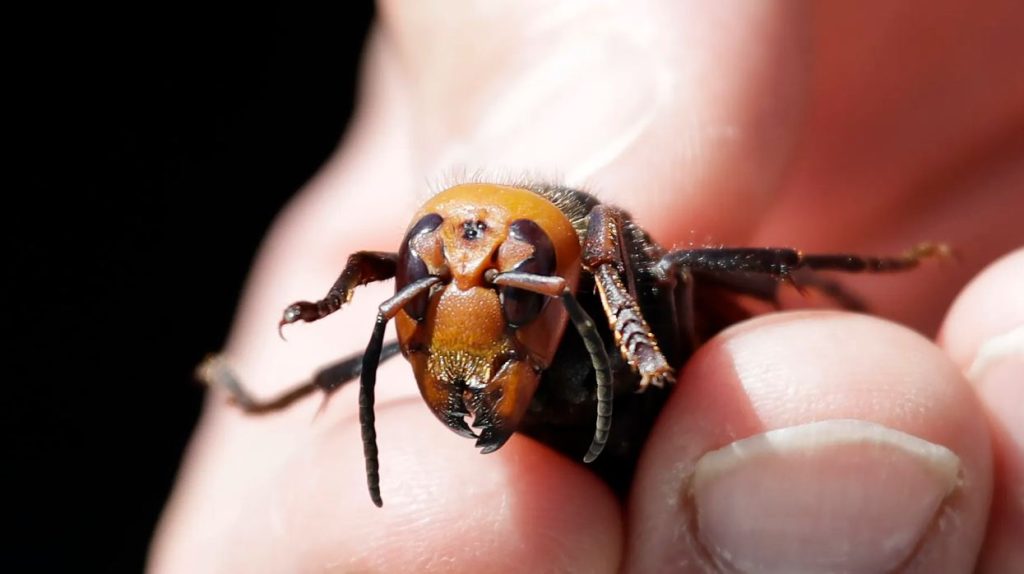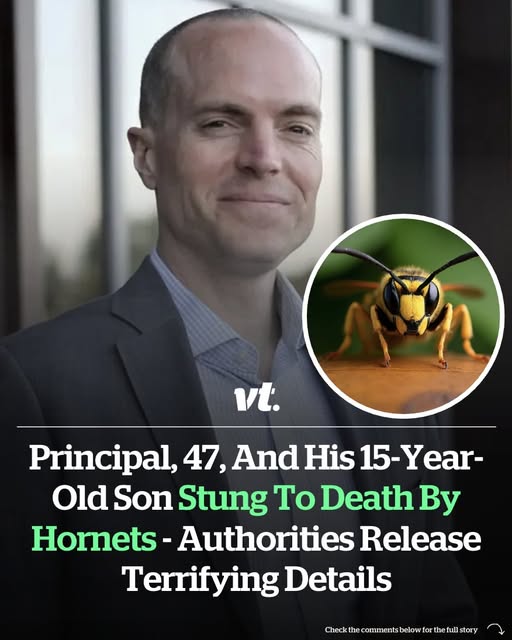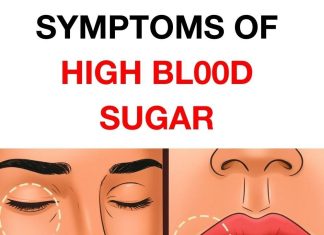On October 15, 2025, an American father and his teenage son embarked on what should have been a memorable adventure at a jungle eco-resort near Luang Prabang, Laos. The father, a 47-year-old school director, and his 15-year-old son were enjoying a zipline descent through the tree canopy when they were suddenly surrounded by a swarm of giant hornets. The attack took place while they and their guide attempted to leave the platform. Within hours of receiving treatment at a local clinic, both father and son had died.
The Victims: Educator, Father, Son
The father had spent nearly two decades as an educator, serving as the head of an international school in Vietnam. Originally from Idaho, he lived abroad with his wife and son, dedicating his life to teaching and leadership. His teenage son, full of promise and accompanying his father on the trip, had looked forward to the outdoor excursion. Their deaths shocked their family, friends, colleagues and students—those who knew them described them as warm, committed and close-knit.

The Attack: Unprecedented and Deadly
According to medical staff, the pair were stung more than one hundred times each. The species involved was identified as the Asian giant hornet ( Asian giant hornet, Vespa mandarinia), which can reach up to two inches in length and deliver powerful stings.
The father and son arrived at the clinic conscious and showing no obvious signs of a severe allergic reaction. But their condition deteriorated rapidly and they died a few hours later at the provincial hospital. One doctor called it the worst case of its kind he had encountered in over twenty years of practice.
Response from the Resort and School Community
The resort where the tragedy happened described the event as “unprecedented,” and said it would be reviewing all existing safety procedures. Visitors at that site travel through treetop platforms and cable lines in the jungle, an activity that normally carries risk—but nothing like what occurred here. Meanwhile, the educator’s school community expressed deep sorrow. His long service and the positive impact he had on generations of students were widely acknowledged in condolences shared by staff and alumni.
Understanding the Danger: Hornets and Outdoor Risk
The Asian giant hornet is the largest hornet species in the world and is known for its painful sting and aggressive defence of its nest. Experts note that the number of stings required to prove fatal is not clearly fixed—it depends heavily on an individual’s reaction, the number of stings, and how fast treatment begins.In this case, disturbing the insects’ nest or entering their territory likely triggered a mass attack. Outdoor adventure activities in exotic locations can encompass unpredictable wildlife risks—reminding participants and operators alike that nature remains wild, even when curated.

The Aftermath: Grief, Questions and Precautions
For the family and community left behind, the emotional impact is profound. The loss of both father and son leaves a hole in their home and in the lives of those they touched. For the adventure site, questions of safety, emergency readiness and risk communication are now front and centre. Going forward, participants and operators may increasingly weigh the trade-offs between thrill, nature and safety controls. On a broader level, this tragic event emphasises that rare, extreme incidents still happen—even in tourist settings—and that rapid medical care, awareness of wilderness hazards and clear emergency pathways remain critical.
A Legacy Interrupted
The father’s role as educator and mentor, and his son’s youth and potential, underscore that this was more than an accident—it was a life cut short. Their journey was meant to deepen bonds and explore new terrain, but instead serves as a somber reminder of nature’s unpredictability. The community they belonged to mourns not just the tragedy, but the possibilities that will never be realised. While lessons may be drawn in terms of safety and risk, the human cost is immeasurable.

















